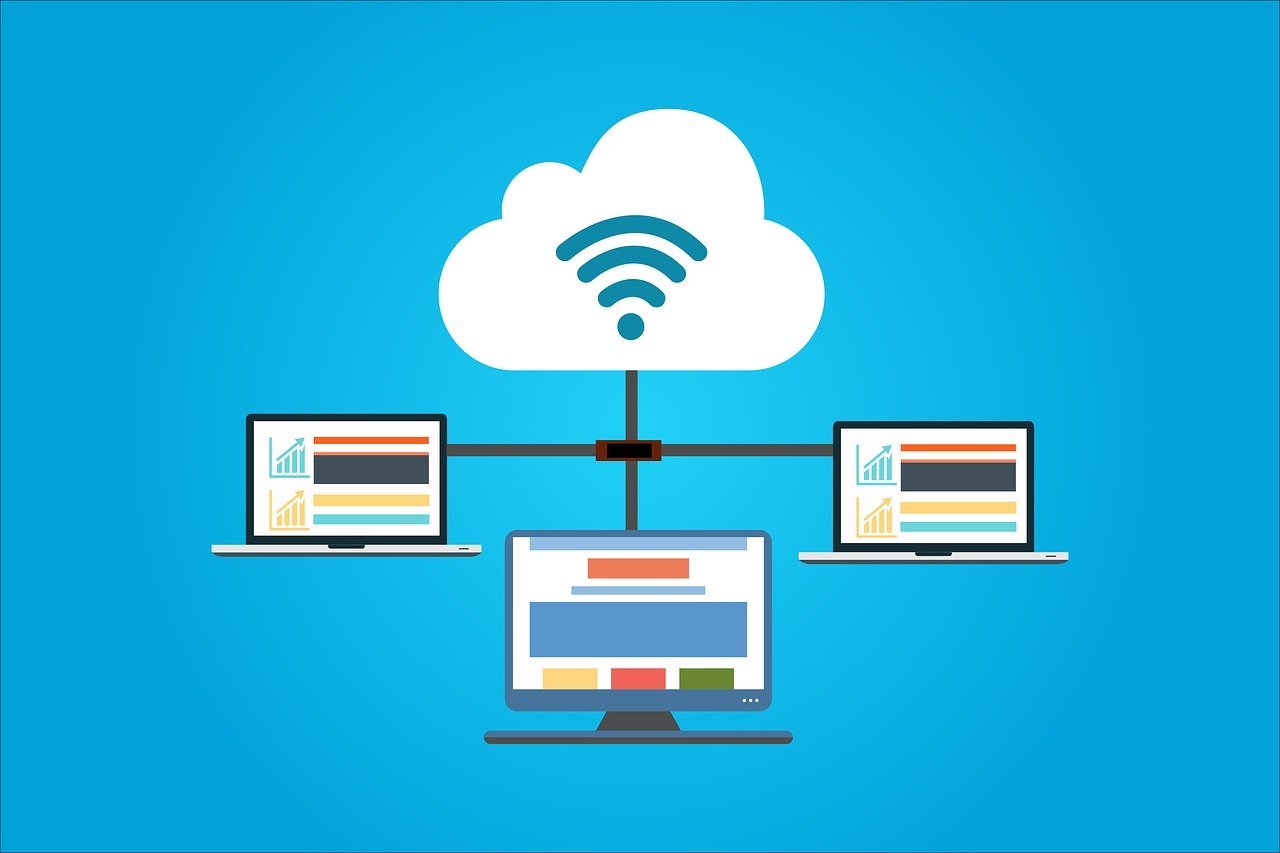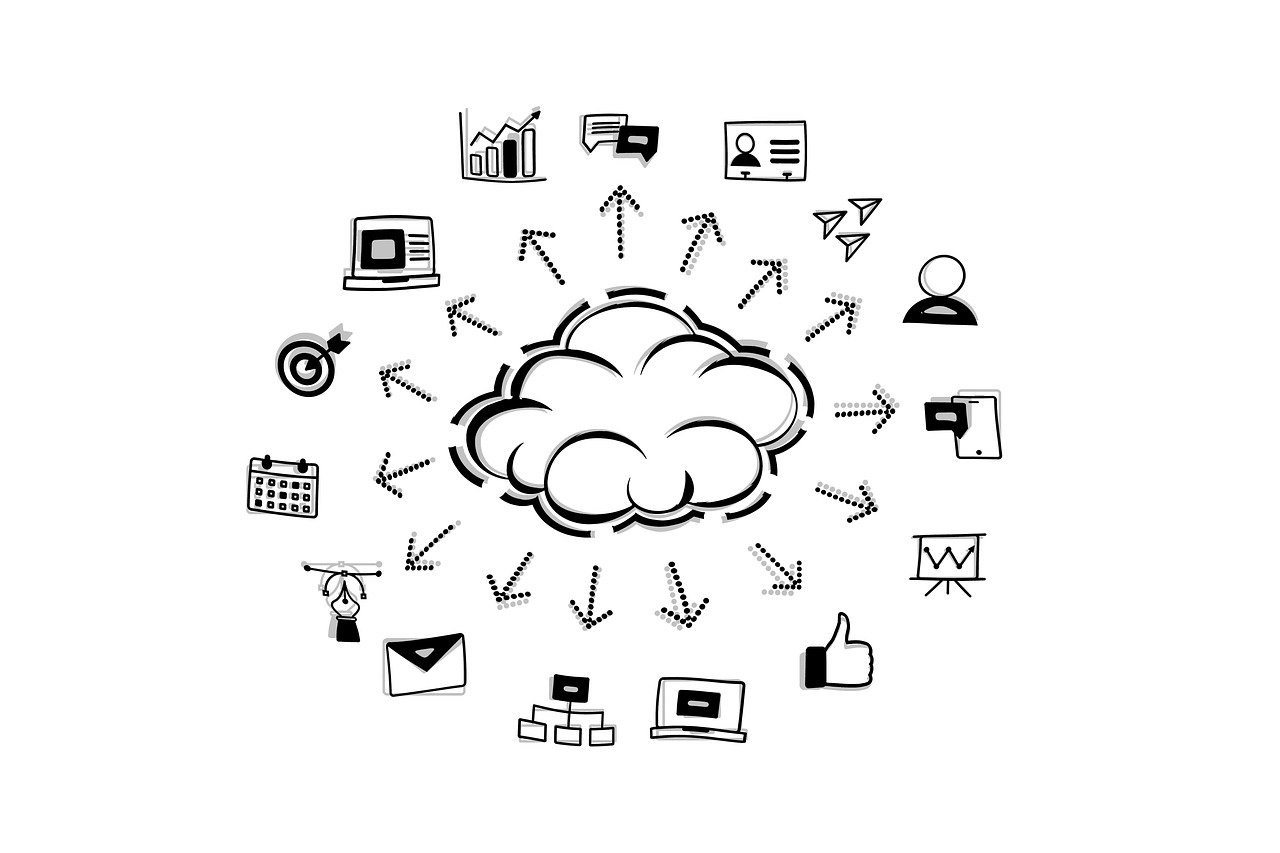What Is Cloud Computing Infrastructure: A Comprehensive Guide
Published: March 27, 2025

What is cloud computing infrastructure in today’s world and intelligence-driven era, industries focus on enhancing their companies’ productivity, scale, and agility. This demand has accelerated the shift towards cloud computing. It is now the backbone of every advanced IT infrastructure. What is the cloud, and how is it relevant to you? Whether you are a company head, a devoted follower of technology, or an ordinary citizen interested in modern cyber heanism, being aware of the breadth of cloud technology is crucial for functioning in the digital environment.
Cloud computing infrastructure defines all the software and hardware needed to deliver the services through the cloud. Data storage, application hosting, and even computing services that can all be accessed remotely through the internet, and therefore do not need onsite servers or any other hardware components, are an example of said services. Businesses of any size should, without a doubt, appreciate the advantages that migrating to the cloud from traditional on premise servers offer such as flexible solutions and cost reduction.
What are the underlying principles that build up cloud computing systems In this article, we’ll detail the key components of a cloud computing system, its basic principles, and how different users can benefit from the technology to increase efficiency and effectiveness. The information provided will help you comprehend the different kinds of cloud infrastructure and their advantages and disadvantages in the practice of cloud computing.
Table of Contents
What is cloud computing infrastructure?
Cloud Infrastructure Components
How Does Cloud Infrastructure Work?
Main Types of Cloud Infrastructure
- Public Cloud
- Private Cloud
- Hybrid Cloud
Cloud Infrastructure vs. Cloud Architecture
Advantages and Disadvantages of Cloud Infrastructure
Choosing the Right Cloud Infrastructure
Conclusion: Why Cloud Infrastructure Matters
1. What is cloud infrastructure computing?
What is cloud computing infrastructure A Cloud computing infrastructure is a particular arrangement of cloud computing hardware and software components that enable cloud computing. It serves as the core components of a cloud ecosystem which allows users to utilize the Internet to gain access to storage, networking and computing resources. Unlike IT architecture, where an organization has to manage its own storage and server maintenance, cloud computing resources are provided over the Internet on a pay-as-you-go basis by service providers.
What is cloud computing infrastructure These infrastructures are located in data centers across continents enabling global user access to wide-ranging locations. Businesses are now able to easily scale and descope their resource requirements due to the flexible and agile nature of the cloud infrastructure. It enables businesses to reduce their capital expenditures in the beginning and enables them to pay for services as they use, allowing them to transform their infrastructure spending to operational spending.
2. Components of Cloud Infrastructure

What is cloud computing infrastructure it is essential to understand the significant components of cloud computing and comprehend that it is a technology. They function in a coordinated manner to provide efficient cloud-based services for users. The major components of the cloud infrastructure are:
- Cloud’s hardware refers to physical servers:, what is cloud computing infrastructure data centers, and anything requiring a cloud infrastructure. As specialized infrastructure components, data centers are located in various worldwide strategic locations in order to guarantee very high uptime and backup services. Applications and files are stored and processed in cloud infrastructure storage and server systems, known as data centers.
- Reliable and fast networks: are critical for the telecommunication infrastructure of the cloud. This includes the internal network within the datasets and external networks connecting users to clouds.
- Storage System: This information can be kept on the cloud using virtual storage which can be accessed by the customers. Their info can be saved in multiple formats like objects, block space, or file storage that can be manipulated in many ways.
- Virtualization Technologies: With virtualization, one physical server is capable of running multiple virtual computers (VMs). This optimization promotes optimal use and reallocation of hardware resources..
- Management Software: What is cloud computing infrastructure multiple software programs can troubleshoot and manage cloud services. These applications aid in optimizing resources, monitoring system health, and creating customized dashboards for users to manage cloud services.
Unifying these components helps various companies and individuals offer powerful computing resources, avoiding the difficult task of managing hardware.
3. How Does Cloud Infrastructure Work?

What is cloud computing infrastructure The cloud infrastructure model is a way of removing the management of hardware and providing it via the Internet as a service. That’s how it functions straightforwardly:
- Resource Pooling: Resource pooling is a central computer system built by integrating elements of a cloud infrastructure, including storage, servers, and networking. The elements are installed in multiple data centers worldwide.
- Virtualization: Cloud services host physical servers, and through virtualization, they create numerous virtual copies of storage and servers. Thus, users can effortlessly access and utilize the resources without knowing any information regarding any hardware parts.
- Online-Demand Access: Users may access services on demand by adding or removing resources such as computer power or storage, which can be done at any moment using the cloud-based infrastructure.
- Managed Services: The cloud service provider manages the physical elements of the cloud infrastructure. This implies businesses can concentrate on what they need rather than managing operations and maintenance for environmental infrastructure.
- Security and Compliance: The cloud service provider’s infrastructure is guarded by robust policies to protect customer data. This is usually done through the use of encryption and backup services and conforming to regulatory requirements like GDPR or HIPAA.
The ability to move around and scale shift cloud computer resources allows businesses to innovate and achieve their goals without being tied to the physical hardware.
4. Main Types of Cloud Infrastructure

What is cloud computing infrastructure Businesses can select from three cloud computing infrastructures: Public Cloud, Private Cloud, and Hybrid Cloud. Each has its advantages and is best for different types of businesses.
Public Cloud
What is cloud computing infrastructure AWS, Microsoft Azure, and Google Cloud are public cloud service providers with their own infrastructure. A public cloud is an environment that many users share. Resources are available to several customers and accessible at a cost.
Benefits:
- Affordable initial investment
- The potential for expansion is enormous.
- Regardless of the size of the company. Access to the latest technology is readily available.
This option is best for small to medium businesses that require access to resources but don’t want to invest in maintaining the operation infrastructure.
Private Cloud
What is cloud computing infrastructure A private cloud is a form of cloud infrastructure dedicated to a specific organization only. These clouds are usually hosted on-premises or through a third-party provider. However, using the appropriate cloud infrastructure can give organizations more control over resource allocation and private data security.
Benefits:
- Management and security of resources improved.
- Greater control over the customization of the existing infrastructure
- Ideal for companies that are controlled by strict compliance regulations
Best for: Companies and companies that need to store essential data and require significant security and control over their cloud environments.
Hybrid Cloud
What is cloud computing infrastructure The hybrid cloud infrastructure incorporates public cloud resources with private cloud services. A combination of on-premise data centers, personal clouds, on-premise data centers, and external cloud providers all help provide support services for an organization’s IT infrastructure.
Benefits:
- Ability to switch between public cloud resources and private cloud resources
- Improved security and governance
- Better financial resource allocation
Best for: Enterprises or organizations that require a certain amount of local infrastructure servers but want to be able to choose to increase the capacity of IT services by using the public cloud.
5. Cloud Infrastructure vs. Cloud Architecture
What is cloud computing infrastructure while people generally employ the terms “cloud infrastructure” and “cloud architecture ” to mean identical, there’s an essential difference between them. Cloud infrastructure consists of tangible and intangible components such as server storage, networking, and servers that provide the infrastructure of cloud-based services. Cloud architecture, on the other hand, is the particular design of the cloud’s environment, its infrastructure structure, and the delivery system for services for the users who will use it.
In simple terms, cloud infrastructure is an element of cloud architecture, except that it covers application designs, models, security measures, and governance frameworks.
6. Advantages and Disadvantages of Cloud Infrastructure
Advantages:
- Cost-effective Cloud infrastructure: What is cloud computing infrastructure With the cloud, businesses do not need to rent physical equipment or data centers.
- Scalability Resource scalability: Resources can be easily adjusted, increasing or decreasing depending on the business requirements.
- Reliability: Business continuity is assured as most cloud service providers offer the highest availability and disaster recovery options.
- Security: Data security even via encryption and frequent updates from cloud providers.
Disadvantages:
- Reliance on Internet Connection: What is cloud computing infrastructure Access to cloud services requires access to the Internet, and interruptions in the Internet connection will prevent access to essential software and files.
- Security Concerns for Data: Certain businesses may be worried about private data security in third-party servers’ hands.
- Limited Control: Certain businesses might not control certain parts of the infrastructure or services.
7. Choosing the Right Cloud Infrastructure:
What is cloud computing infrastructure Selecting the optimal cloud infrastructure entails many points that companies should contemplate.
- Cost is different from. Benefits: Compare the cost of different cloud infrastructures and choose the one that best fits your budget restrictions.
- Security requirements: Ensure you choose a cloud provider to satisfy your security and compliance requirements.
- Flexibility and Scalability: Choose an infrastructure that can accommodate the growth of your business and other adjustments that come from the company.
Conclusion:
What is cloud computing infrastructure Cloud computing systems are the most critical element in the digital era. They enable businesses to use powerful resources without paying for physically installing hardware. This knowledge and the cloud infrastructure’s elements, types, and advantages facilitate decisions about cloud strategy deployments. Businesses of any background, whether they’re an entrepreneur or more established as established companies, can use the cloud to improve efficiency and reduce costs as they expand their processes in previously unattainable ways.
Understanding how to utilize and comprehend cloud infrastructure efficiently can put you ahead of your competitors in the rapidly changing digital age.

- Be Respectful
- Stay Relevant
- Stay Positive
- True Feedback
- Encourage Discussion
- Avoid Spamming
- No Fake News
- Don't Copy-Paste
- No Personal Attacks



- Be Respectful
- Stay Relevant
- Stay Positive
- True Feedback
- Encourage Discussion
- Avoid Spamming
- No Fake News
- Don't Copy-Paste
- No Personal Attacks





